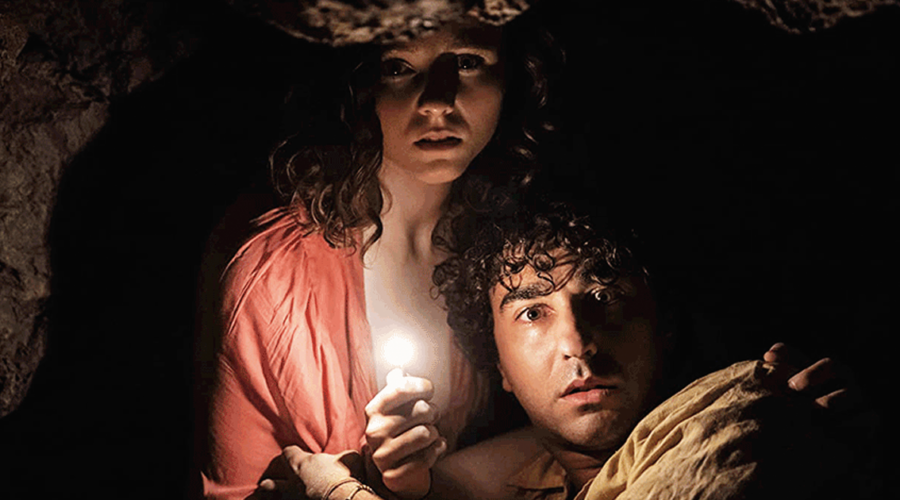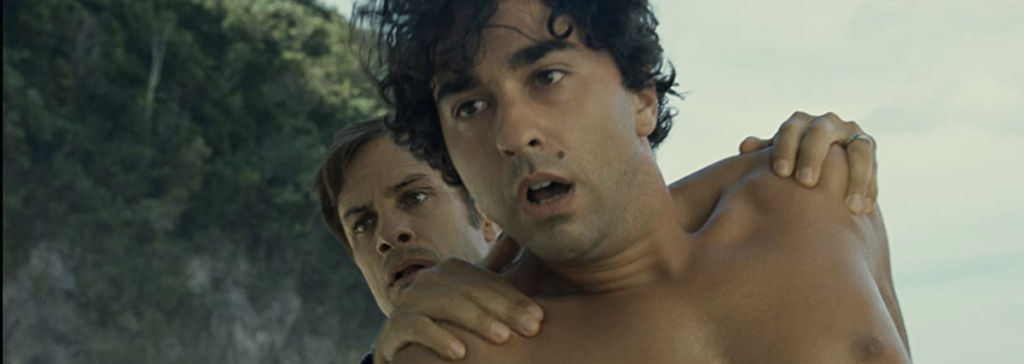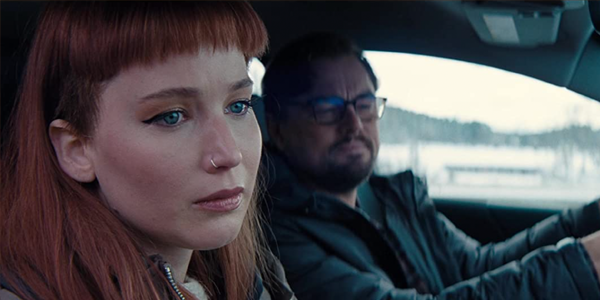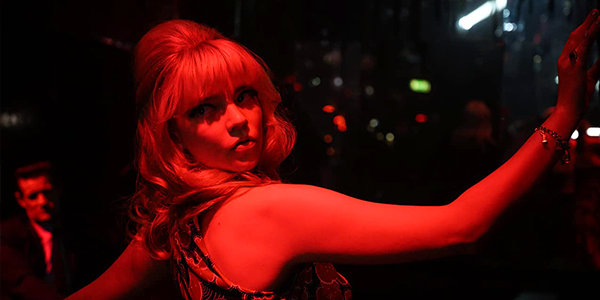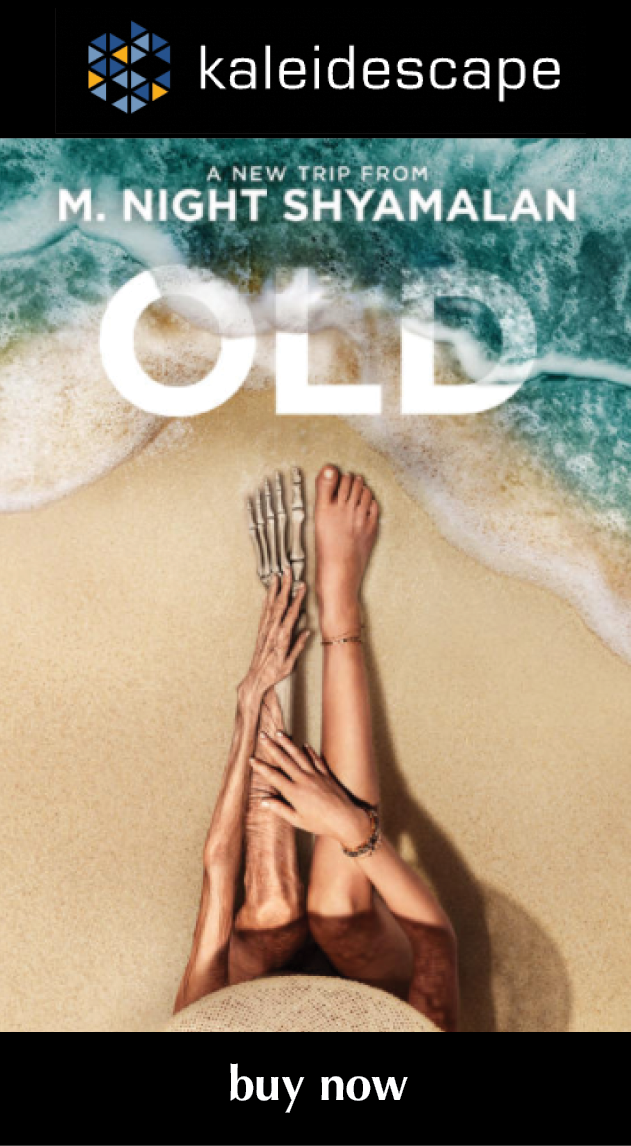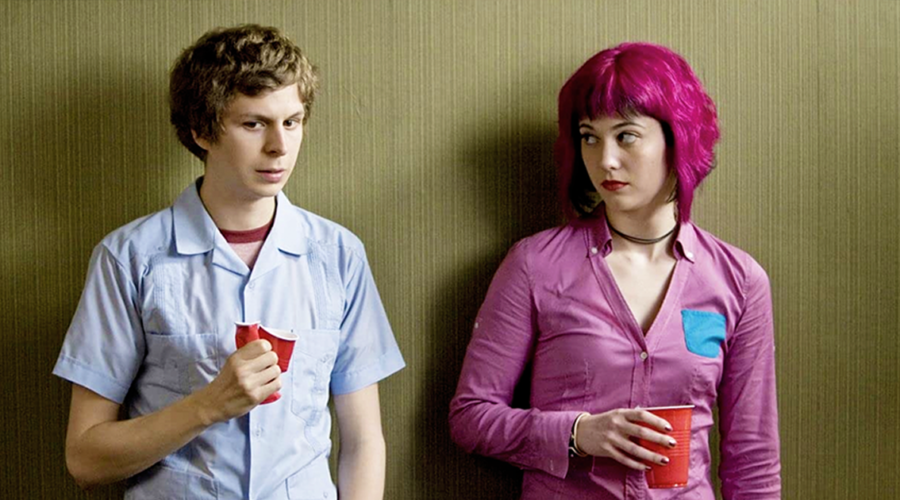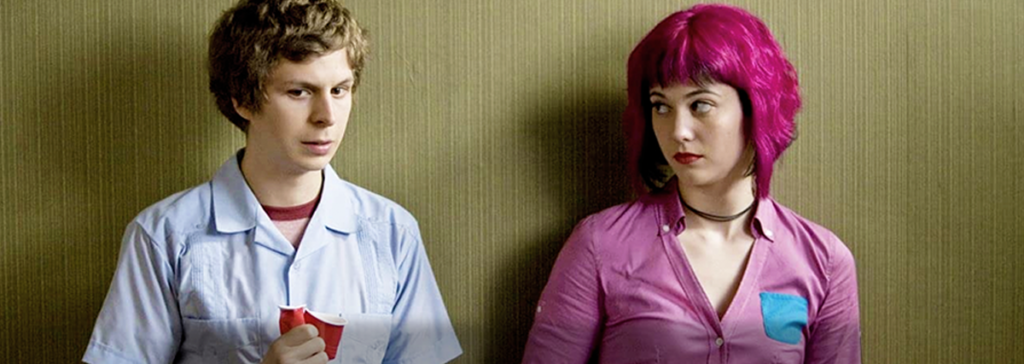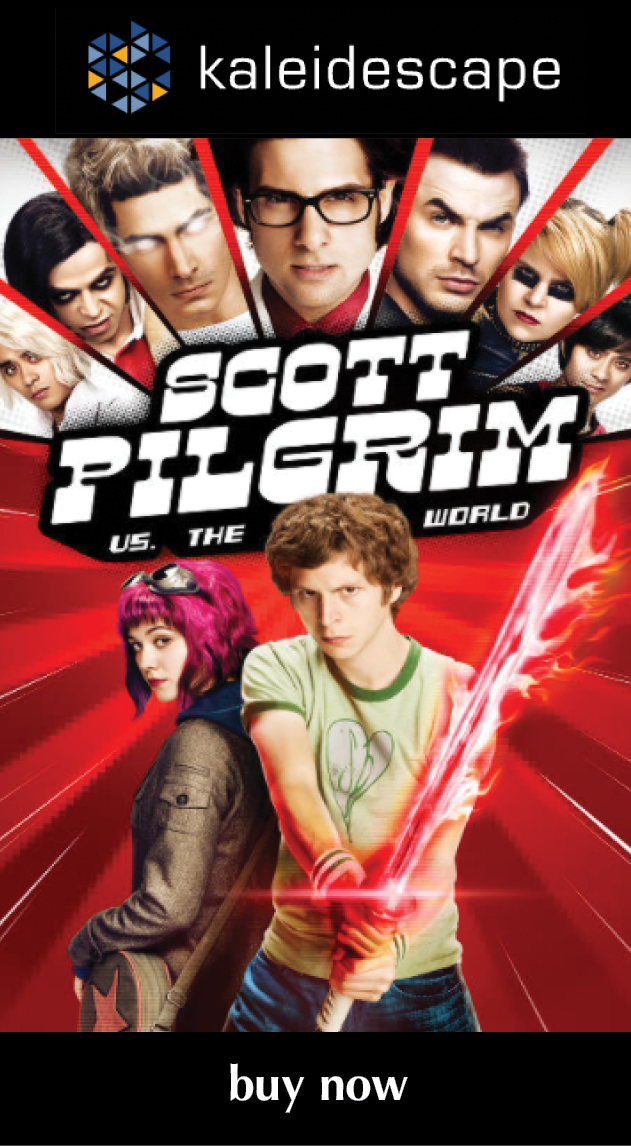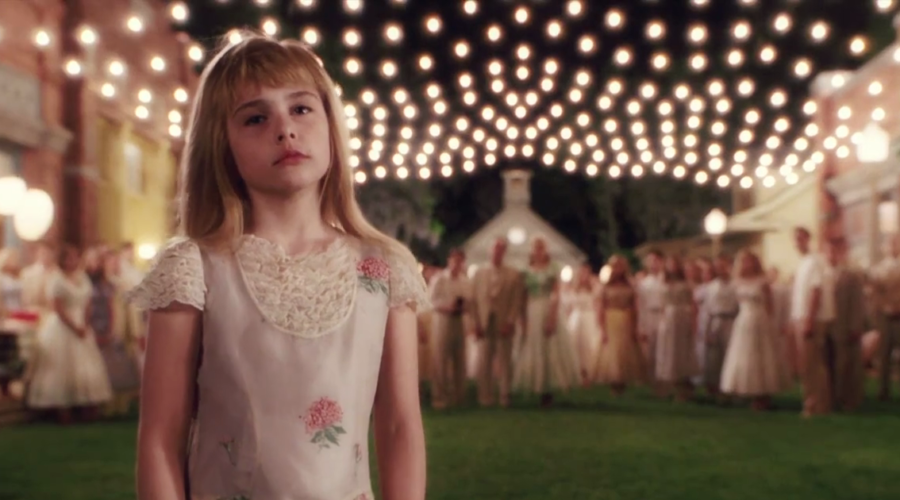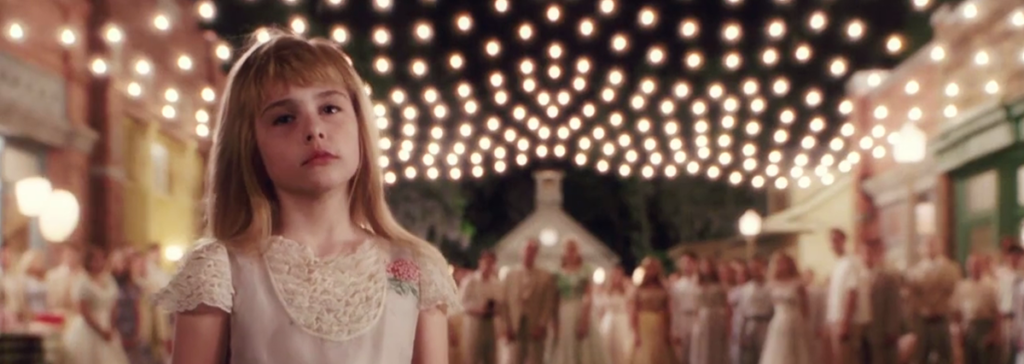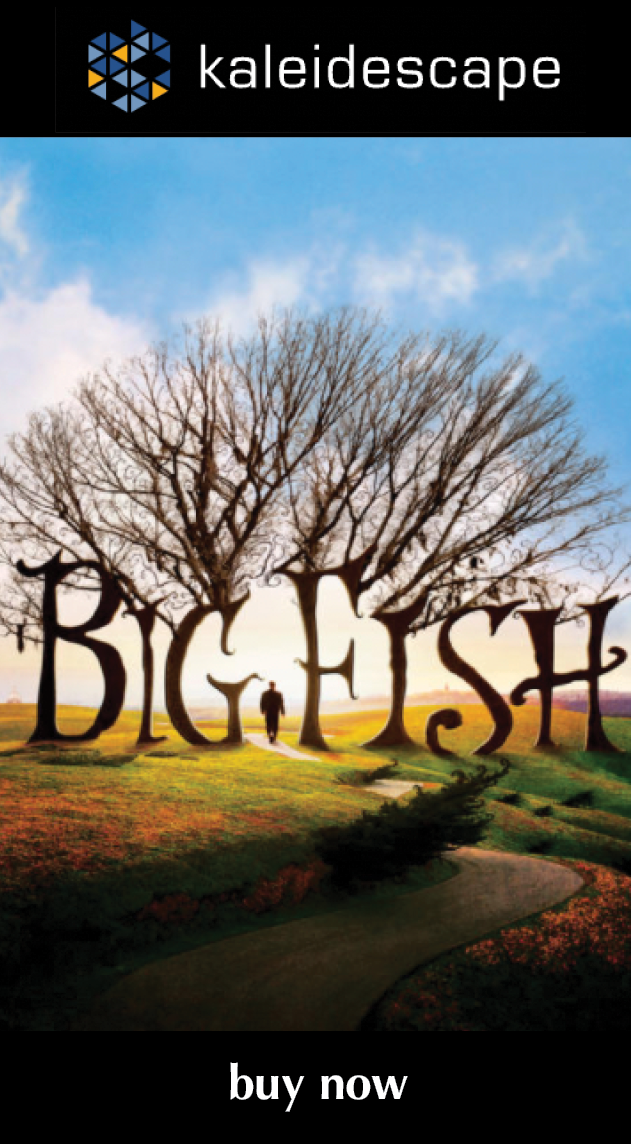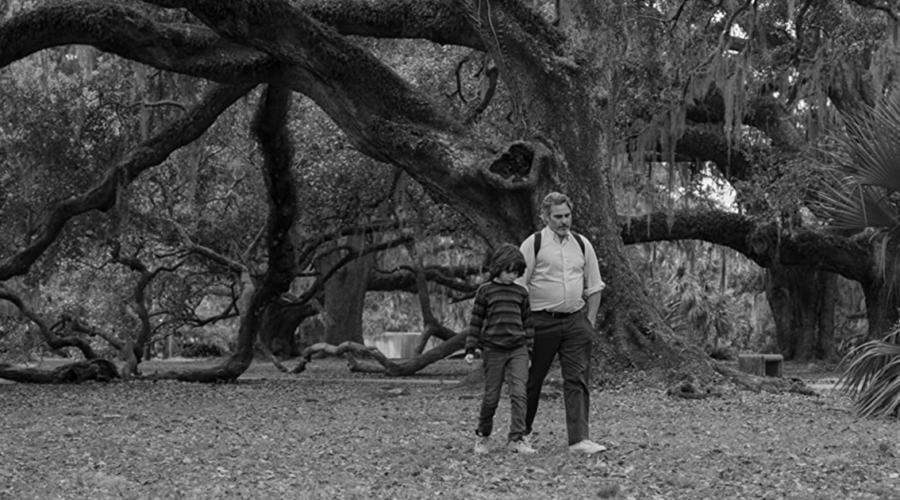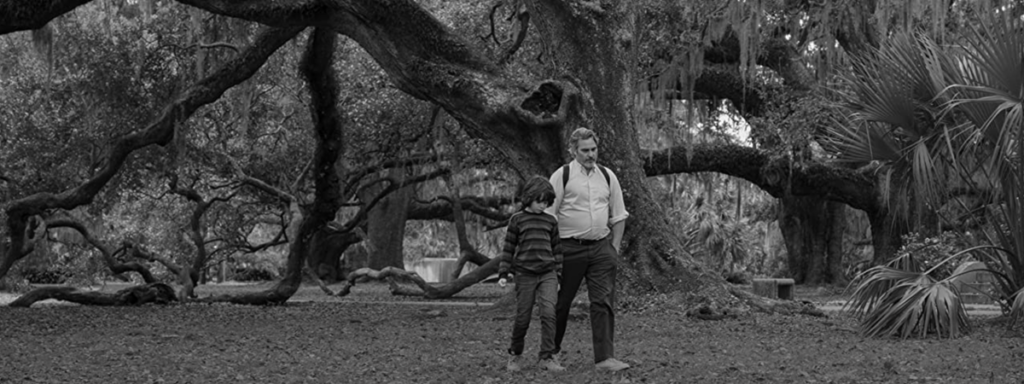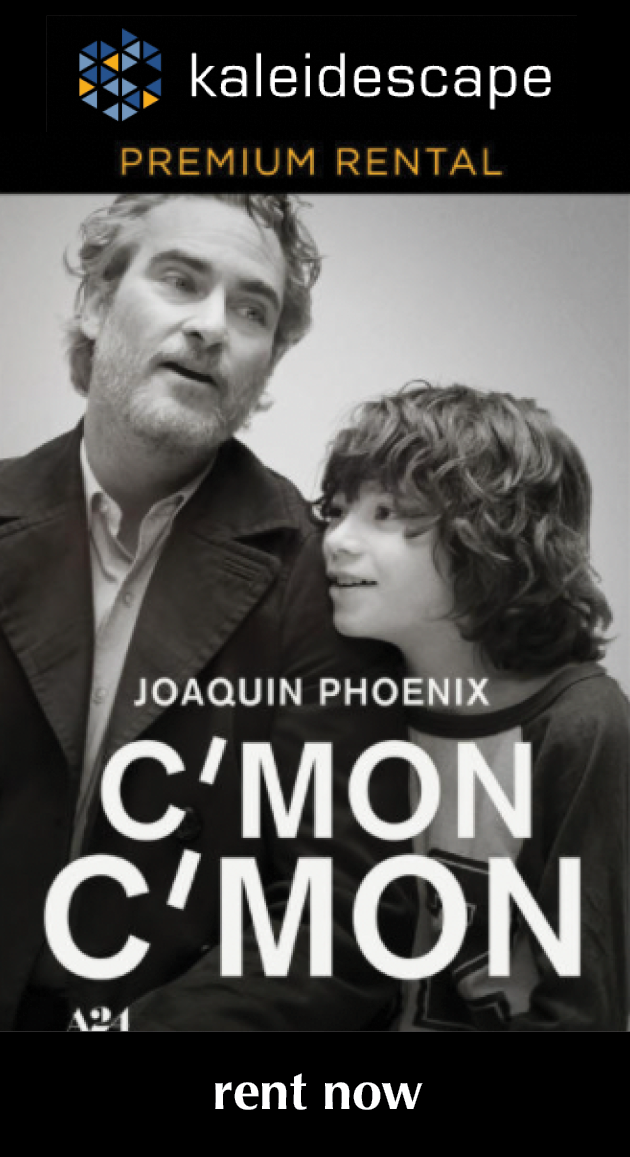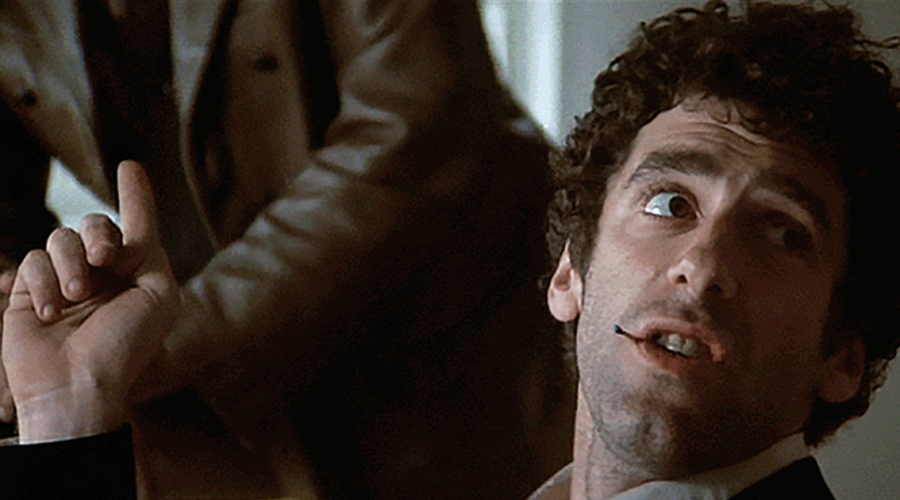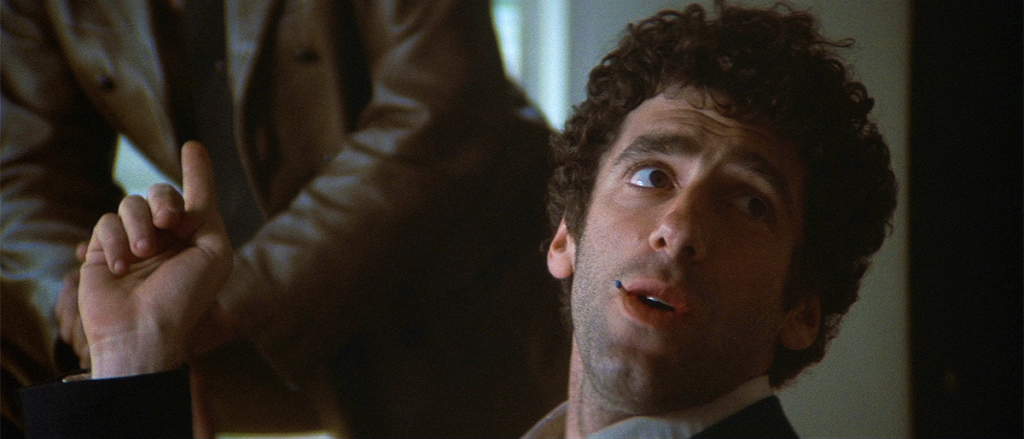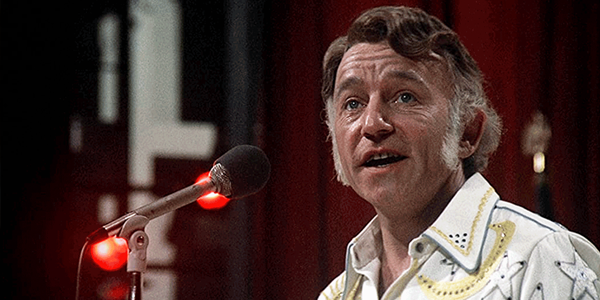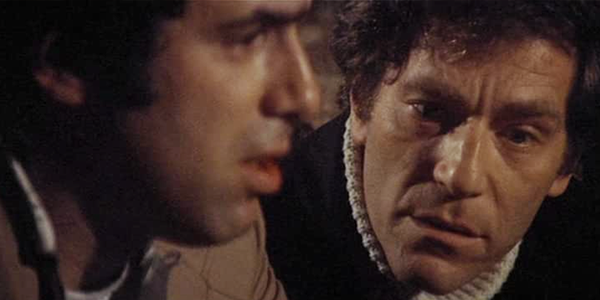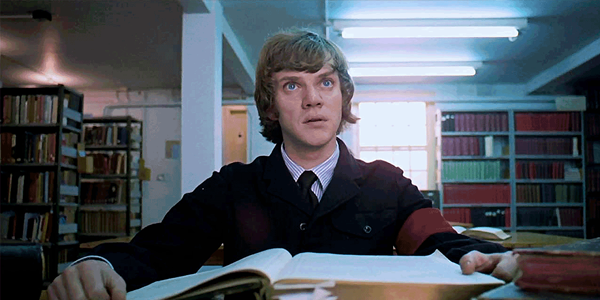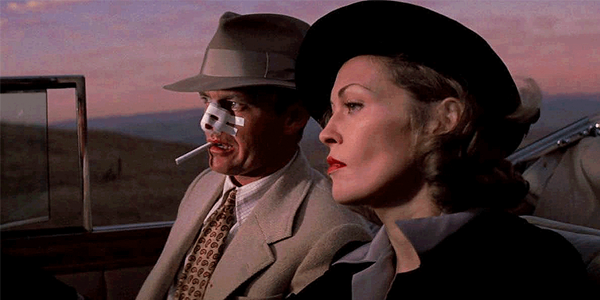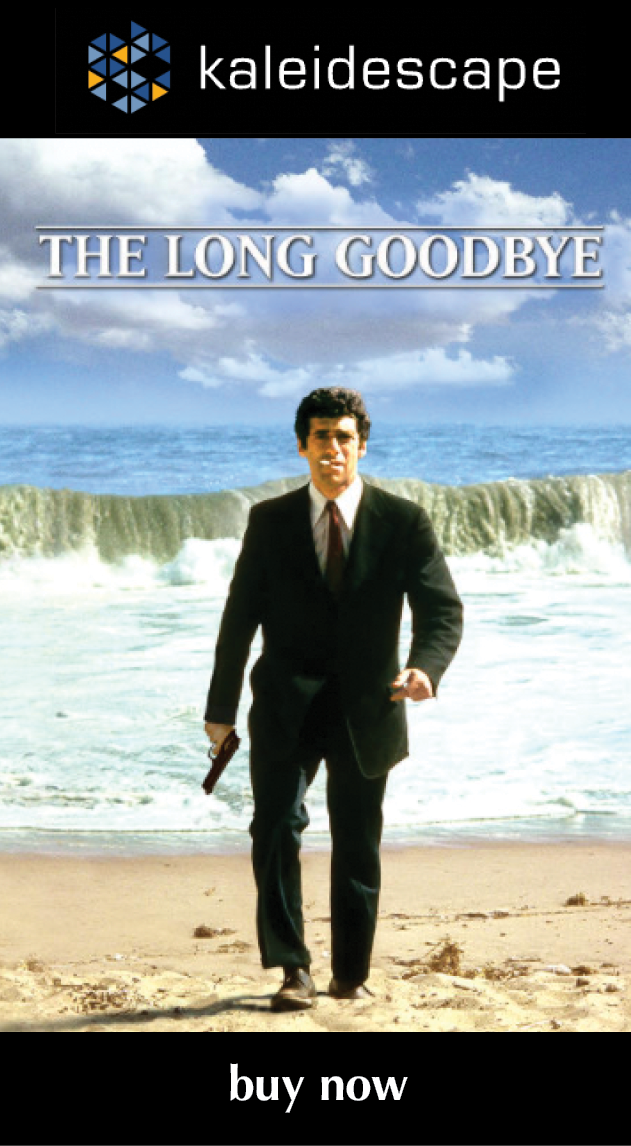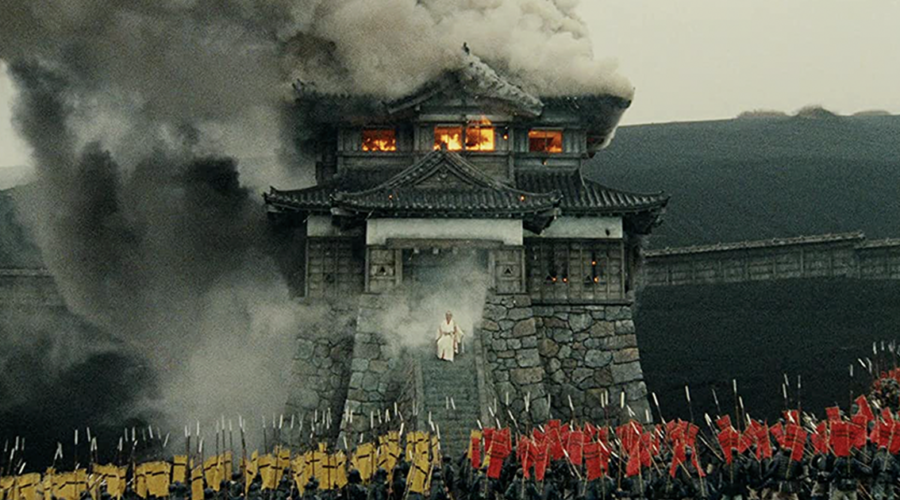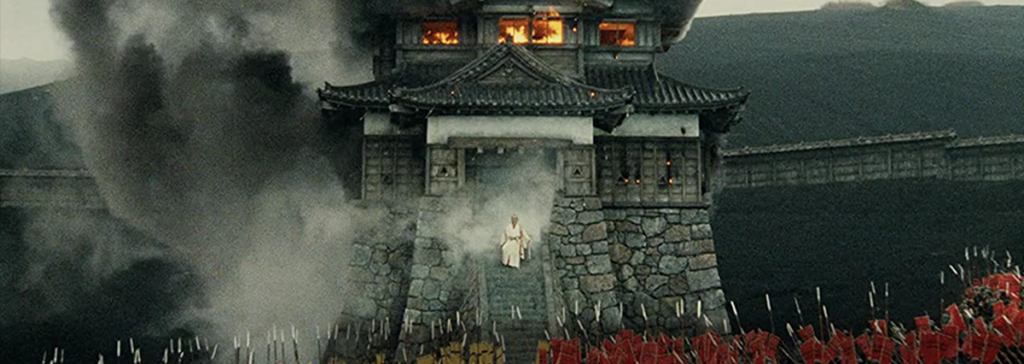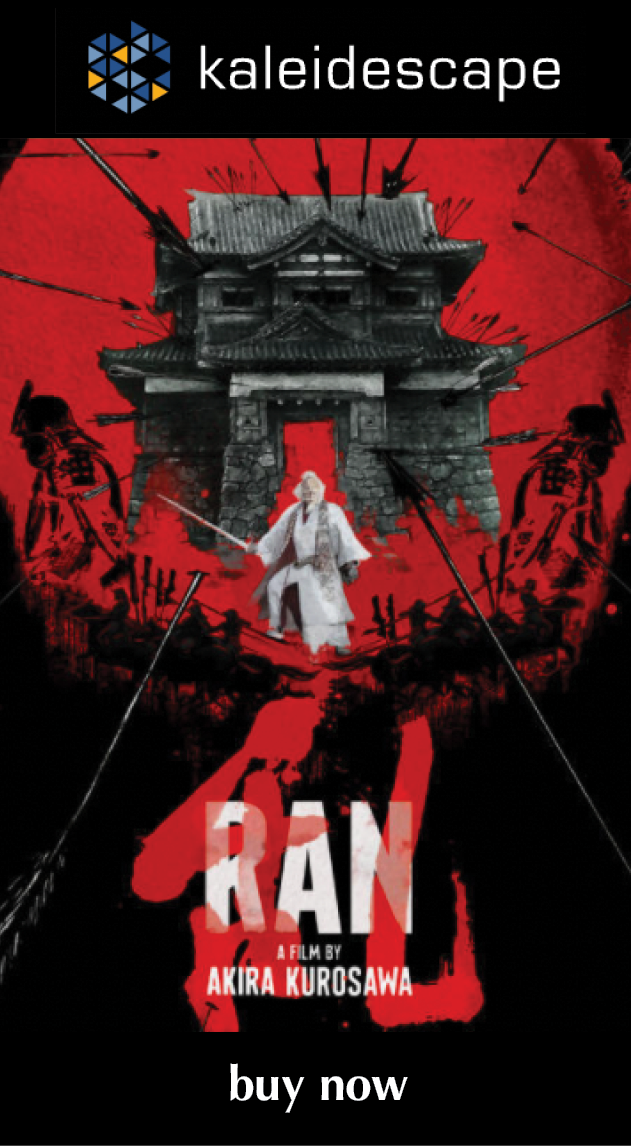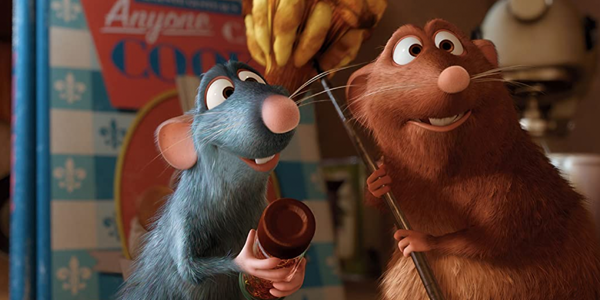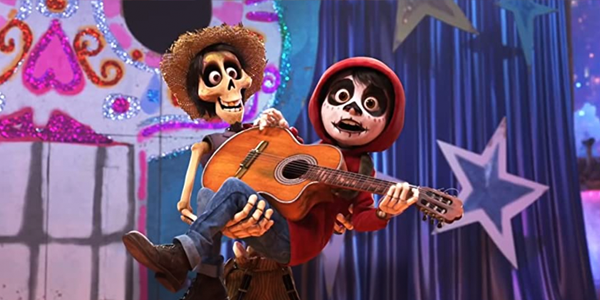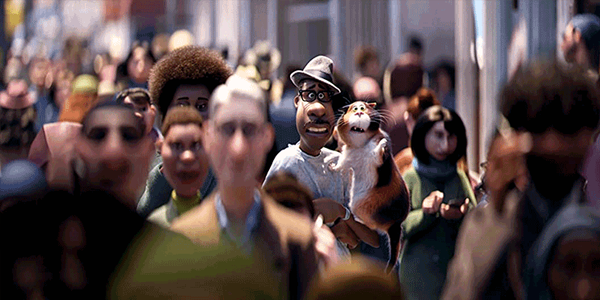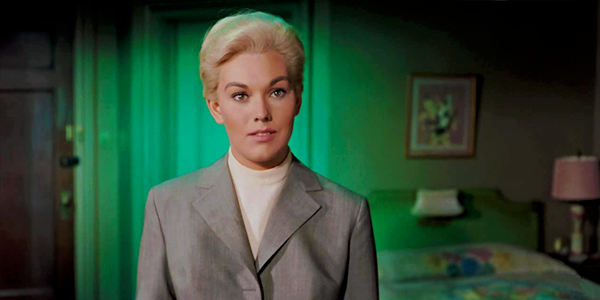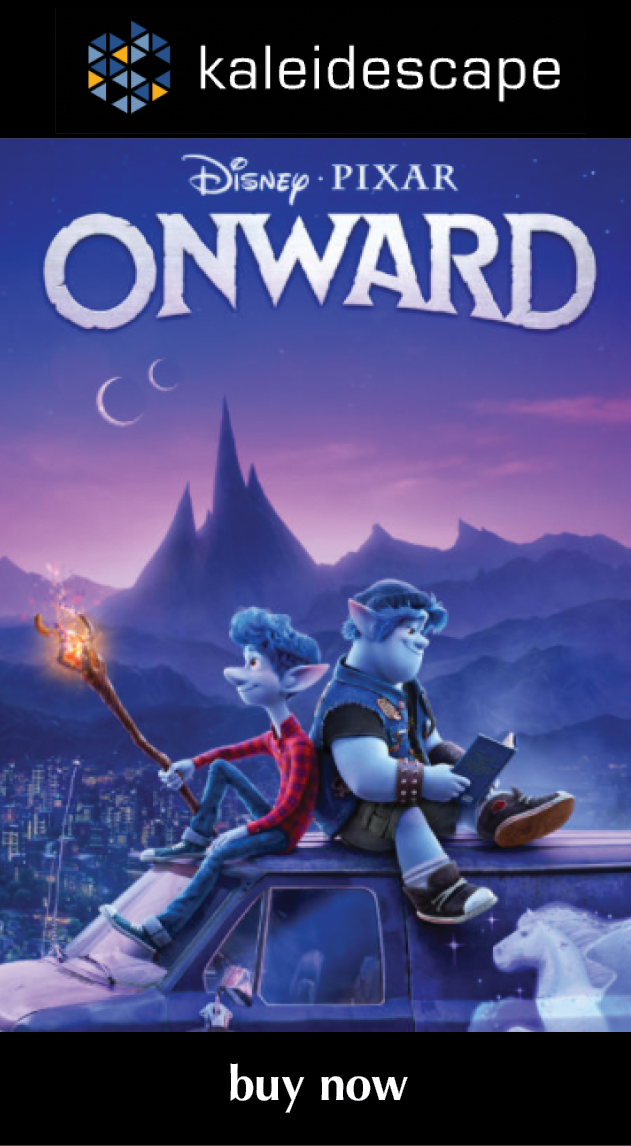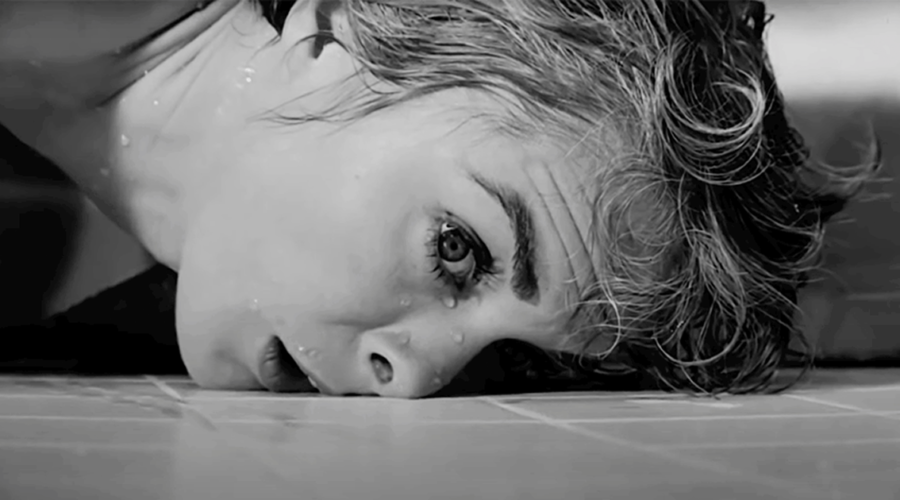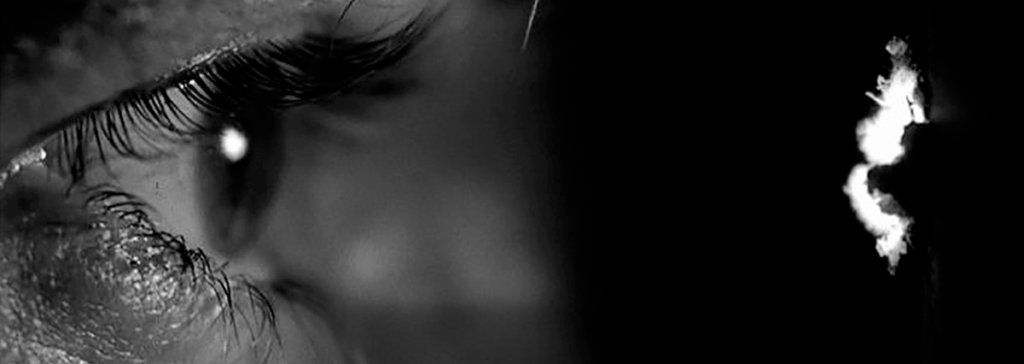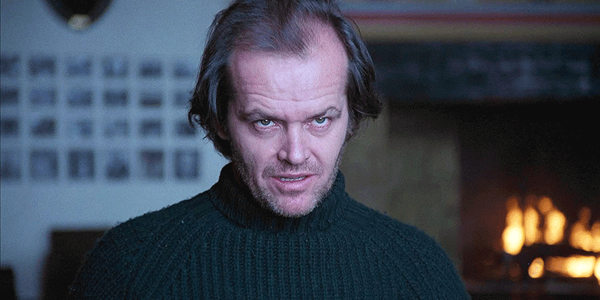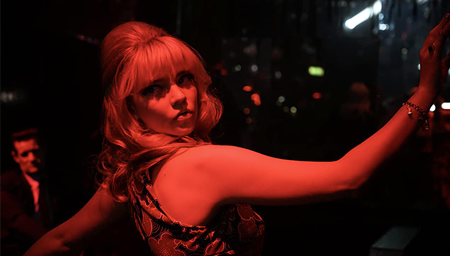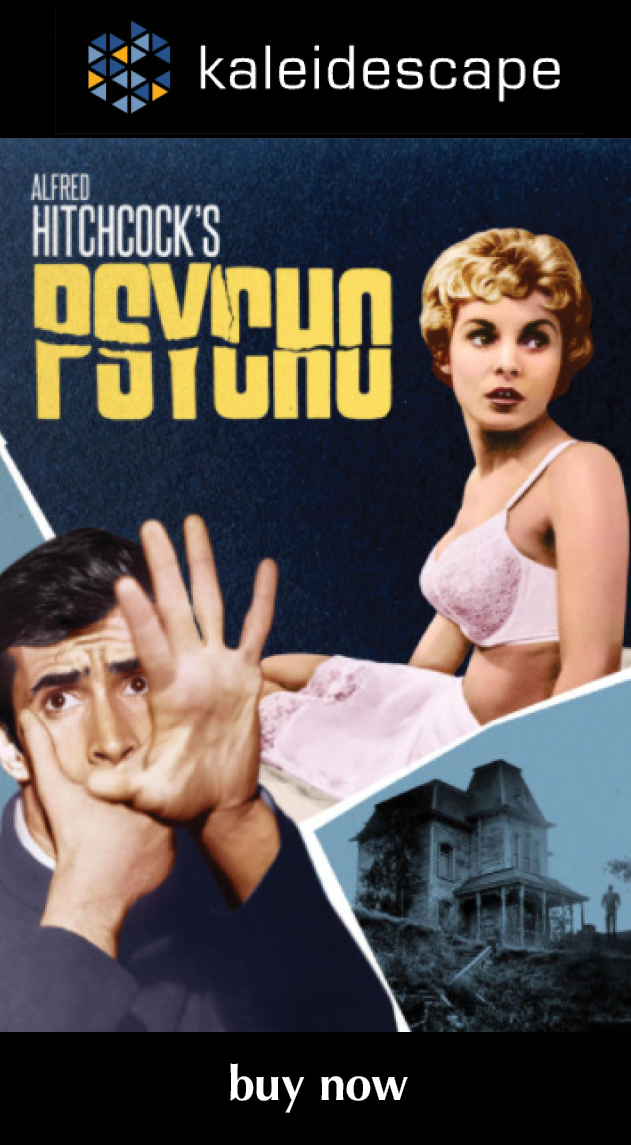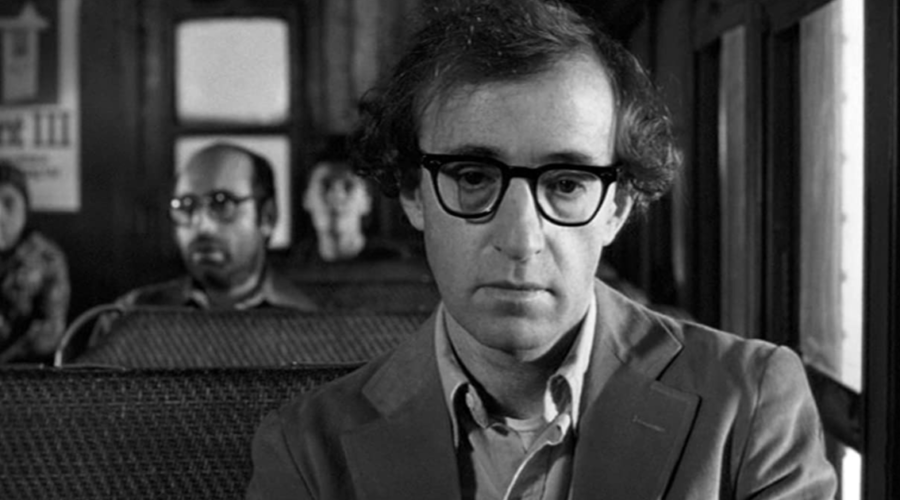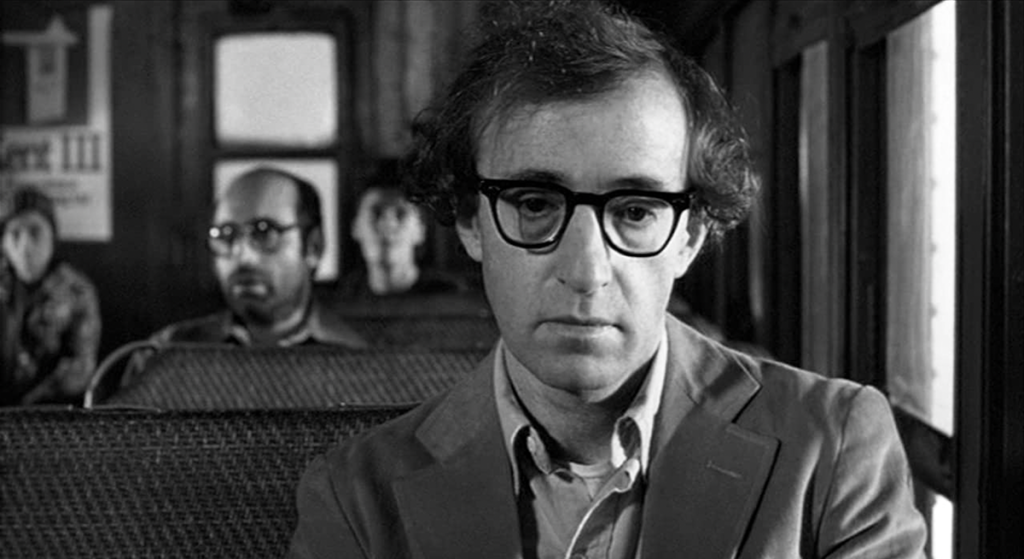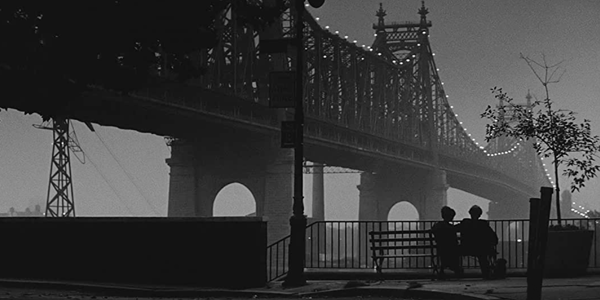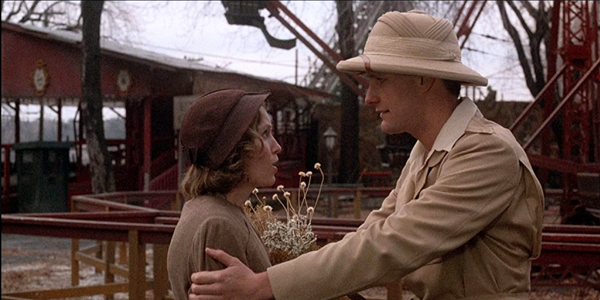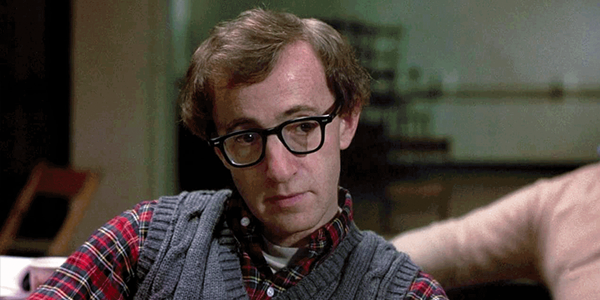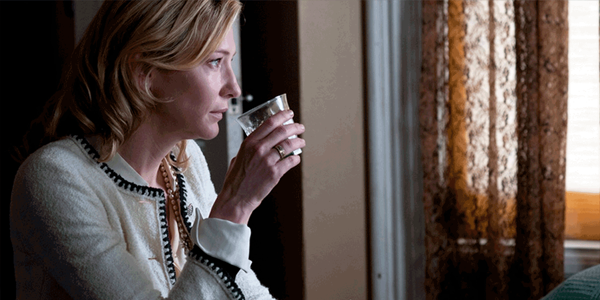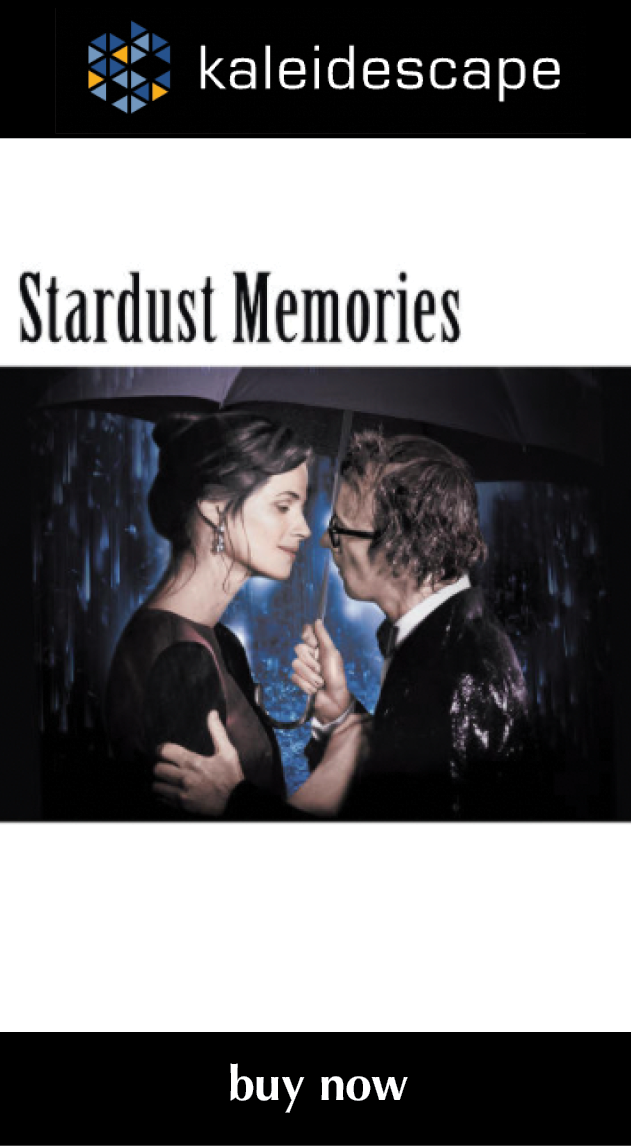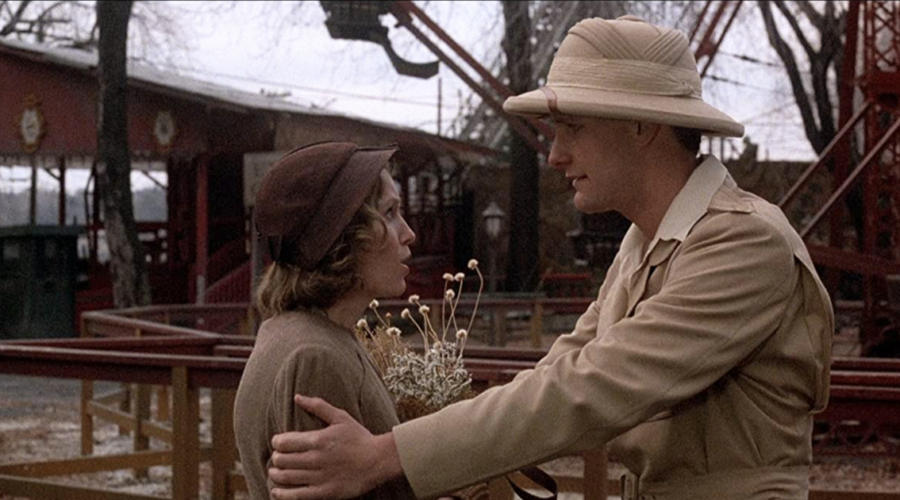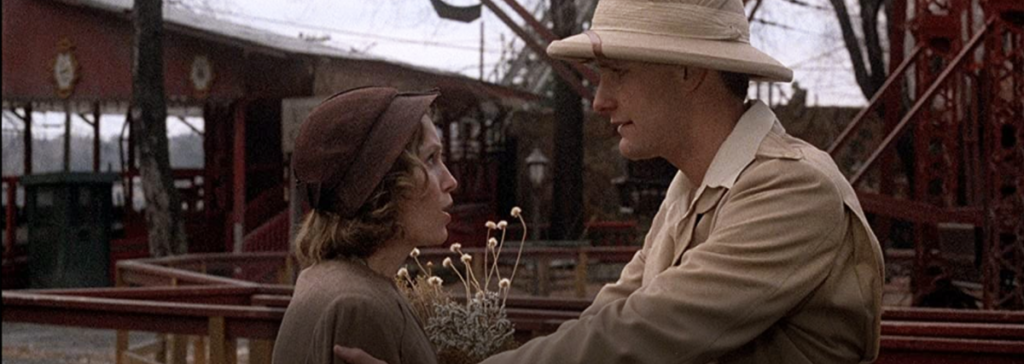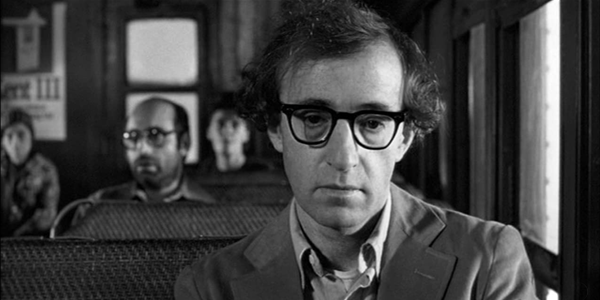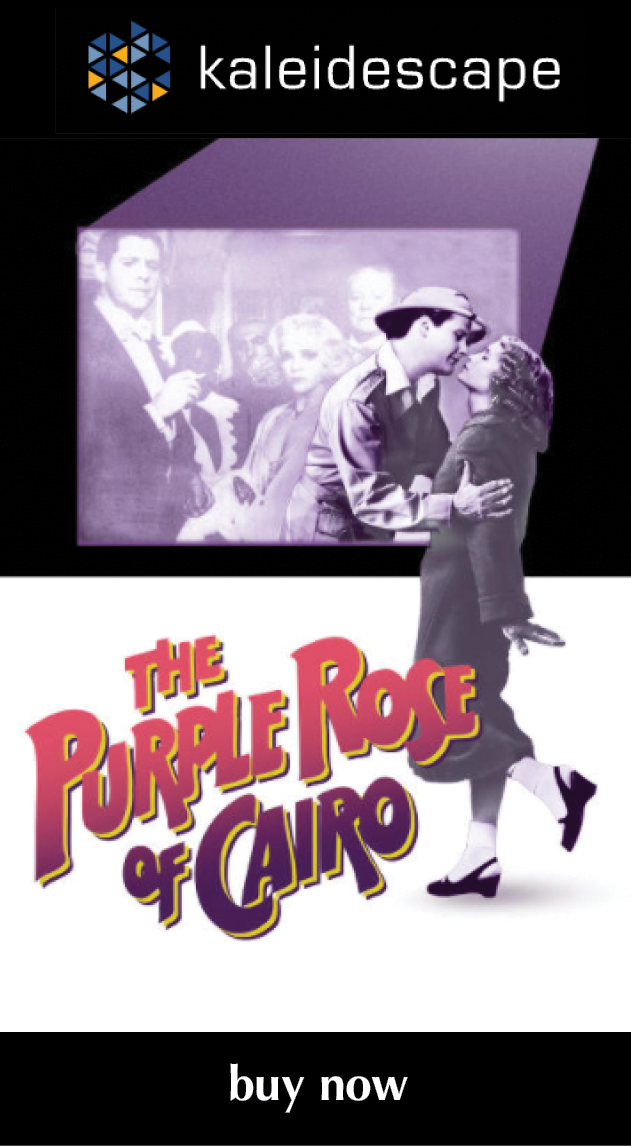Review: Old
recent reviews
Sign up for our monthly newsletter
to stay up to date on Cineluxe
Not one of M. Night Shyamalan’s best, this not-quite-a-horror movie is worth at least a one-time look
by John Sciacca
October 12, 2021
Oh, M. Night Shyamalan . . . Where do I start? Over the past 22 years, Shyamalan has become a pretty polarizing filmmaker and at this point in his career, it feels like many have settled into a “love him” or “hate him” category. And even a percentage of those in the “hate him” group like to keep tabs on his latest projects just so they can hate-watch and then tell the world a big, fat, “See! I told you so!”
It’s important to remember that before the duds, Shyamalan’s career started off like a rocket with tense and well-crafted films between 1999 and 2002 like The Sixth Sense, Unbreakable, and Signs. The guy was on a roll, writing, producing, and directing one hit after another. But then, like a ballplayer headed into a real slump, he started getting singles instead of home runs, and then, well, he started just striking out.
But then something truly unexpected happened in 2016. He delivered Split, an out-of-nowhere sequel of sorts to Unbreakable, which he then followed up with a true sequel/conclusion with Glass. These felt like a real return to form and both had the critical and box-office success of the Shyamalan of old.
Did this mean he was back? For me, those two films at least bought him enough cred to put him back on my radar, and when I saw the ad for Old during Super Bowl LV, it certainly piqued my interest. Old was released theatrically in the States on July 23 and made available to digital retailers like Kaleidescape on October 5, with a physical media release scheduled for October 19.
The film is based on the 2010 French-language graphic novel Sandcastle, which I had never heard of. Of course, Shyamalan added his own tweaks to the source material, and with Sandcastle being only 112 pages—and those all filled with illustrated panels—he had some fleshing out to do to get a complete story.
Old reminded me a bit of Season Four of The Twilight Zone, where Rod Serling and team broke away from their tried-and-true formula of taut 30-minutes episodes and went to stories that ran an hour long. The result was some things felt padded and stretched a bit thin, and they learned—when they returned to the 30-minute form for Season Five—that an idea that worked for 30 minutes didn’t necessarily work better when prolonged to 60. (The reverse is true for long material that filmmakers try to excise down to a theatrical run time, as evidenced by so many of Stephen King’s failed adaptations . . .)
While the film certainly has an interesting premise, which is how Shyamalan manages to hook you, at 108 minutes, it feels a bit long and like it is treading water in the middle, with some of the beats repeating themselves, and like something that would have worked better in a shorter form.
A family goes on a vacation at a luxury tropical resort and we discover pretty quickly that Guy (Gael Garcia Bernal) and Prisca (Vicky Krieps) are headed towards a divorce. The holiday is kind of a last family hurrah before they break the news to the kids, Trent (Nolan River) and Maddox (Alexa Swinton). While at the resort, the manager (Gustaf Hammarsten) approaches them and says he likes the family and that he wants to send them to a beautiful and secluded part of the resort he doesn’t just share with everyone. The family piles into a van along with married couple Dr. Charles (Rufus Sewell) and Chrystal (Abbey Lee), their young daughter, Kara (Mikaya Fisher), and Charles’ mother, Agnes (Kathleen Chalfant), where they are driven to a secluded area by a resort employee played by Shyamalan in one of his many not-so-cameo roles. When they arrive, Shyamalan loads them up with baskets of food and drinks, and the group walks down a path and through a cave to emerge onto a beautiful beach.
There they see another person sitting alone whom Maddox recognizes as famous rapper Mid-Sized Sedan (Aaron Pierre), who seems to be nursing an almost constant nosebleed. While swimming, the naked body of a dead woman washes into Trent, and when it is revealed this woman came to the beach with Mid-Sized Sedan, it sets the group into a bit of paranoia. With no cell signal, they try and go back through the cave and find they can’t (anyone trying is hit with a massive headache that knocks them unconscious), and then everyone starts aging at a rapidly accelerated rate to the tune of about one year every 30 minutes.
With the rapid aging, any negative traits like vanity, paranoia, and racial tension quickly come out, and infirmities like blindness, deafness, schizophrenia, and tumors can develop in literally moments. The kids grow in what feels like the blink of an eye, with new actors taking on the roles in nearly every scene. (For example, four different actors play Trent.)
Why is this happening? Is there any way to stop it? What is the deal with the name Mid-Sized Sedan? (Not germane to the movie, but, I mean, come on?! Is that a commentary on something?) And why does it appear that someone is observing them from far away?
Like most of Shyamalan’s films, Old is pretty slow to get going but part of the allure of his movies is seeing where the winding path leads you and what interesting things will happen along the way to see how things play out.
One issue I had is that a lot of the characters really just aren’t that likable. It’s hard to be vested in what happens to people you don’t care about. Plus, they often act in ways that seem completely obtuse to what is happening, almost acting in an odd, robotic manner that makes them unrelatable. (And, no, they aren’t all robots—that isn’t the twist.) And while they are aging rapidly, there seems to be no lingering emotion, thought, or feeling to things that have happened. “Well, so-and-so is dead. Guess we just move on . . .” Further, some of the dialogue is just bad. There were a couple of parts where I literally groaned. Guy is an insurance actuary and he wastes no opportunity to remind us of that and cite some actuary table percentage of the likelihood of something happening.
Also, calling this a “horror” movie seems a stretch. And if you’re a fan of that genre, I think you’ll be in for a real disappointment. It’s as much a horror movie as an episode of The Twilight Zone or a Shyamalan film like, say, The Village. Yes, there are a couple of violent moments, multiple people die, and there are some intense images, but horror? I don’t think so. More like supernatural, but not in an occult-ish way.
Filmed in 35mm and taken from a 4K digital intermediate, Old has a lot of cinematography that is great to look at, especially up on a big screen, with plenty of wonderful vistas of the beach and ocean against the rock and lush jungle backdrop. I never noticed any grain issues, certainly nothing that was distracting, and found images to be clean and sharp throughout, though not having that tack-sharp look of a movie shot digitally.
Closeups have tons of sharp, vivid detail, where you can literally make out single grains of sand or see the fibers in characters’ garments. The detail also makes it easier to appreciate the aging the characters go through as they develop wrinkles and the like. Longer shots—specifically when they are looking back up at the mysterious person watching on the hill—are noticeably softer and devoid of detail, with the trees just lacking the sharpness, almost like they are slightly out of focus.
With most of the film taking place on the beach during the day, the HDR grading certainly helps with the look, giving brilliant highlights and nice shadow detail. You can really appreciate the texture of the rocks and cave walls, and when the sun goes down, there are some nice highlights and added contrast from a fire the characters sit by.
The Dolby Atmos mix was actually a highlight for me, as Shyamalan really leans into the possibilities of immersing the listener in sound and using all the speakers. Jungle sounds frequently fill the room, with birds and wind creating a nice canopy of sound overhead and all around. You also get nice moments like the sounds of the hotel’s lobby Muzak pumping out of the ceiling speakers like you’re walking through the hotel, or the sounds of water dripping down from overhead in the cave complex, or the noise of crashing waves and surf all around.
One thing the mix really plays with is the location of voices. Most films anchor about 90% (or more) in the center speaker, but here we have dialogue that literally swirls 360 degrees around the room as a character is turning and listening to people talking. This is almost a video-game like effect but it really puts you in the moment. It will also lay bare if your speakers have any timbre-matching issues, as you’ll really notice a change in the tone and quality of the dialogue. Bass is mostly restrained—dialogue is a big driver of the movie—but it can be deep when called for, such as when characters enter the cave or when there are powerful waves crashing.
My wife and I did have a bit of problem understanding some of the dialogue. Some of it is a bit forward-sounding, some of the characters have a bit of an accent, and occasionally it can be masked by some of the other sounds going on.
While Old isn’t the best of Shyamalan’s catalog, it certainly isn’t the worst, and it kept me involved enough to see how it was going to wrap. And, I didn’t see the particular “twist” coming but it wasn’t on par with the big “I see dead people!” moment of The Sixth Sense. It was more like, “Yeah, OK, I guess that makes sense.” Also, I felt like he tried to over explain and over resolve the ending, and it would have been better had he, ummm (keeping this spoiler-free . . .) stopped about five minutes before he did and let it be more open-ended.
Probably the most experienced writer on custom installation in the industry, John Sciacca is co-owner of Custom Theater & Audio in Murrells Inlet, South Carolina, & is known for his writing for such publications as Residential Systems and Sound & Vision. Follow him on Twitter at @SciaccaTweets and at johnsciacca.com.
PICTURE | Even though Old was shot on 35mm, there are never any grain issues and images are clean and sharp throughout, though without the tack-sharp look of a movie shot digitally
SOUND | The Atmos mix is a highlight, with the director really leaning into the possibilities of immersing the listener in sound and using all the speakers
© 2023 Cineluxe LLC
